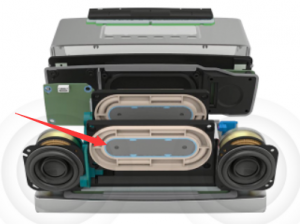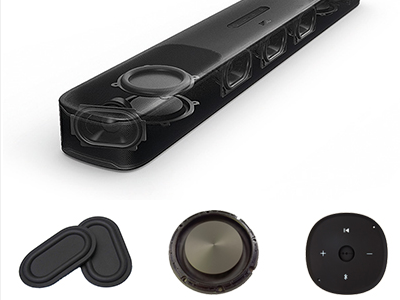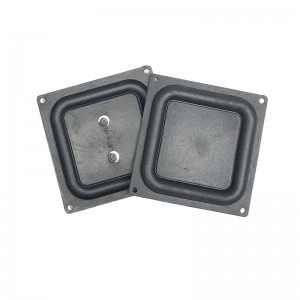What is a passive radiator?
A passive radiator is a speaker driver that doesn't connect directly to the audio signal source. Unlike traditional speakers, it doesn't have its own magnet structure and voice coil. Instead, it produces sound through the vibration of the air inside the enclosure. Passive radiators usually work together with one or more active drivers to provide low-frequency response for the speaker system.


Advantages of Passive Radiators
Extended low-frequency response: Passive radiators can effectively extend the low-frequency response of a speaker system, resulting in deeper, more impactful bass.
Flexible enclosure design: Compared to traditional bass reflex designs, passive radiator enclosures offer more flexibility, allowing for more compact designs.
Lower distortion: Since there's no voice coil movement, passive radiators can reduce resonance and distortion, resulting in cleaner sound.
Disadvantages of Passive Radiators
Weaker low-frequency control: Compared to sealed enclosures, passive radiator enclosures have less control over low frequencies, which may result in excessive bass in some cases.
Demanding enclosure design: The performance of a passive radiator is highly dependent on the enclosure design. Poor design can negatively impact sound quality.
How to Choose a Passive Radiator Speaker?
Room size: Larger rooms benefit from passive radiators with extended low-frequency response.
Personal preference: If you prefer deep, powerful bass, passive radiator speakers are a good choice.
Matching equipment: Passive radiator speakers require powerful amplifiers with good control.

We do believe that there are many speakers who need personalized passive radiators, and JWT Rubber and Plastic Co., Ltd offers passive radiator customized services, just check our site and send us an inquiry.
Post time: Sep-09-2024
